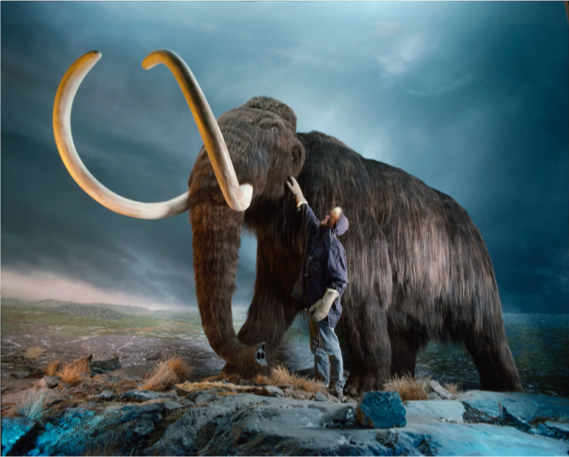Jurassic Park imagined a future in which it was possible to bring dinosaurs back to life. Now, that fiction may become reality as geneticists seek to resurrect the woolly mammoth.
These Ice Age herbivores, whose closest living relatives are the Asian elephant, lived on several northern continents and had a thick, furry coat that protected against the extreme cold. The shaggy animals went extinct about 4,000 years ago, but the current revolution in genetics—which is combating aging, eradicating diseases, and even allowing parents to create “designer babies”—may change that. (Read how to resurrect lost species.)
In his new book, Woolly: The True Story Of The Quest To Revive One Of History’s Most Iconic Extinct Species, Ben Mezrich goes from the laboratory to the Siberian steppe as scientists explore the possibilities of reviving the woolly mammoth to its native lands—and possibly, threatened ecosystems along with it.
When National Geographic caught up with Mezrich by phone at his home in Boston, he explained why some people think woolly mammoths could help combat climate change—and the ethical concerns behind these grand ambitions.
The idea of resurrecting a woolly mammoth sounds like something out of a Michael Crichton novel. Is it really happening? And how much of a revolution in science will this be?
To Read More: Click Here



